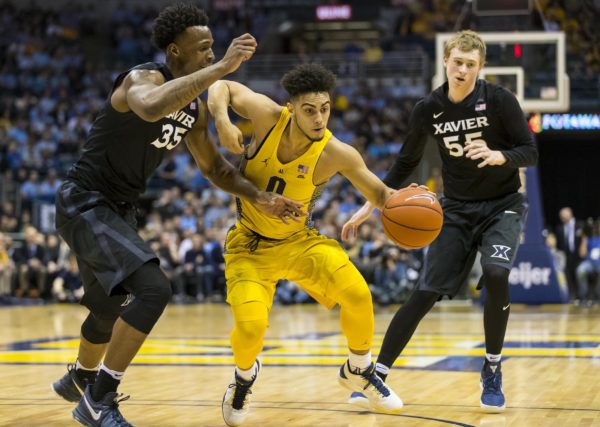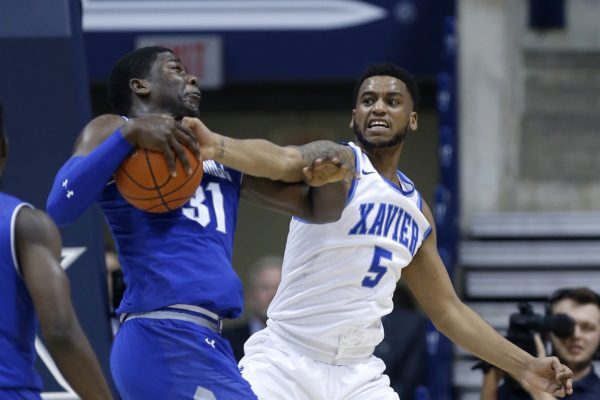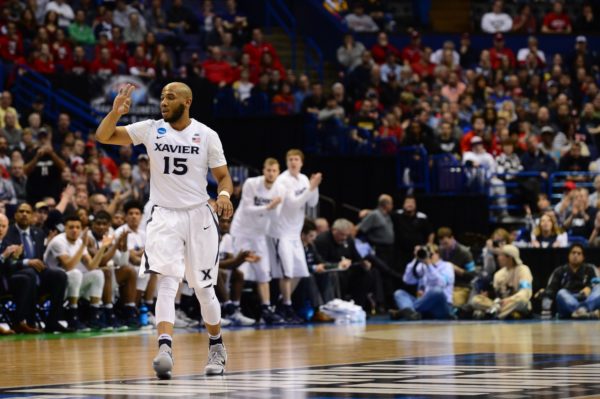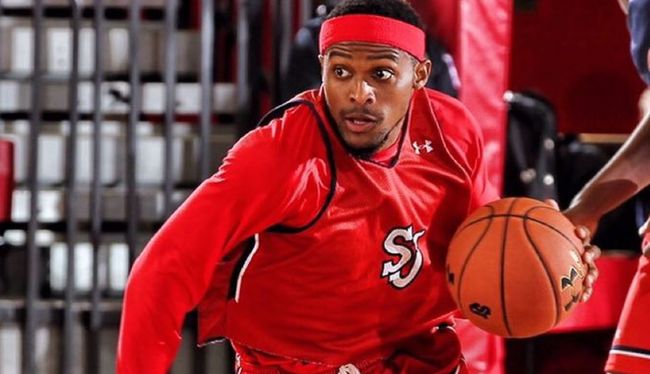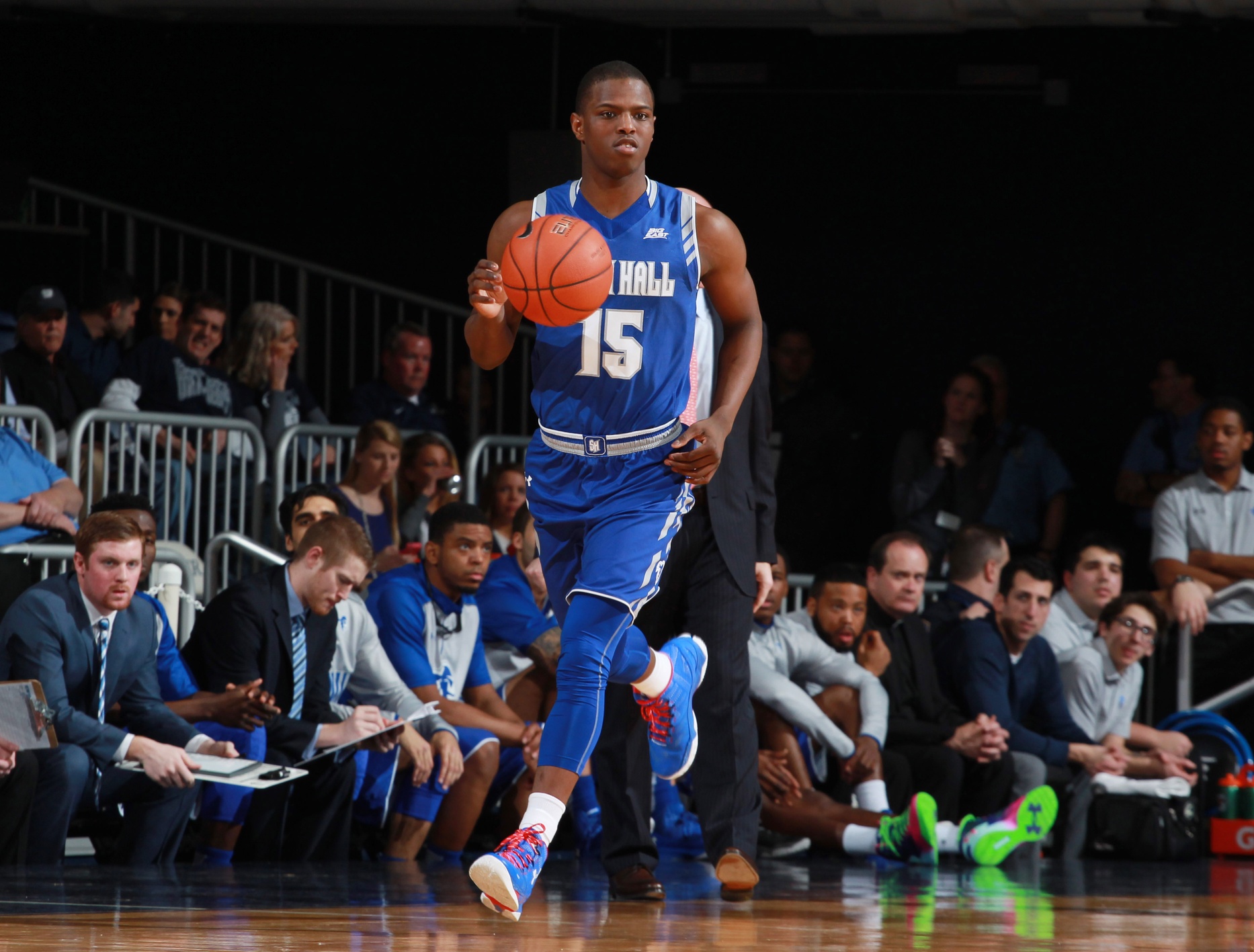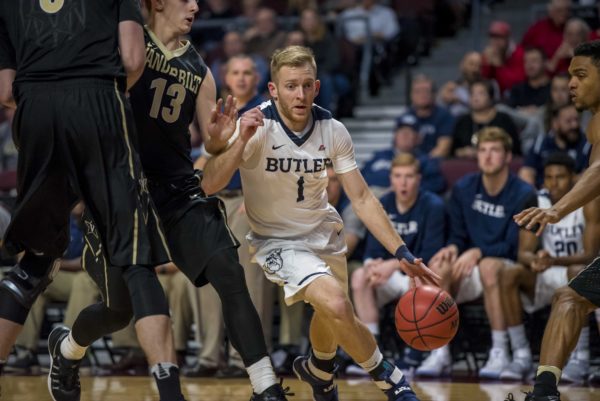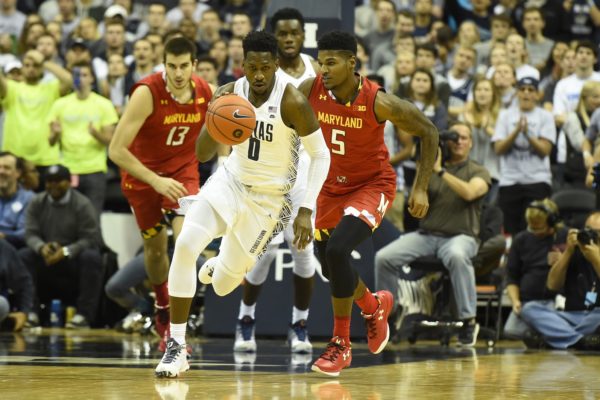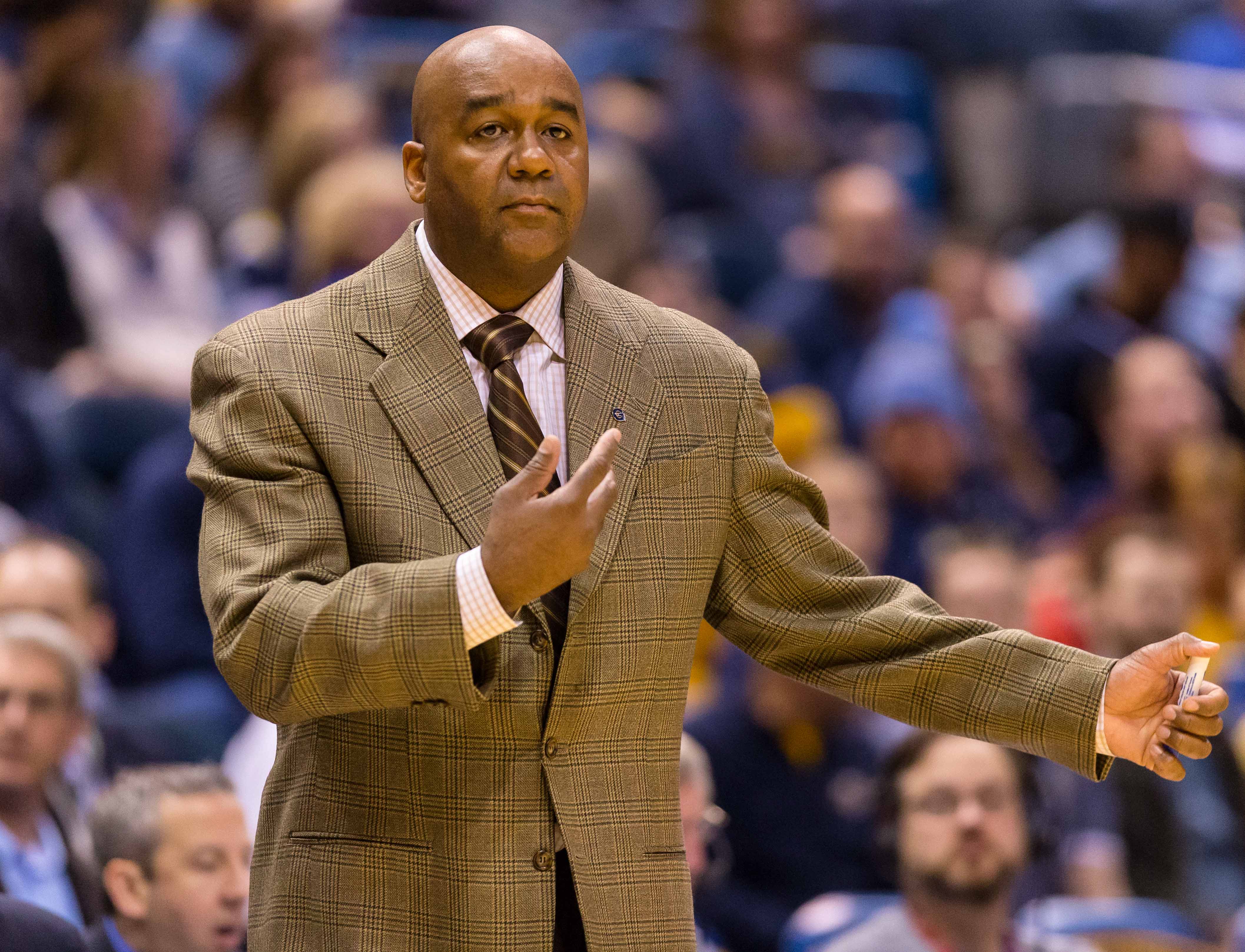Marquette’s Offense Drives the Golden Eagles Into March
Posted by Mike Knapp on February 25th, 2017Marquette has had an up-and-down season to this point. The Golden Eagles are 17-10 (8-7 Big East) with a resume that includes nice wins over Villanova and Creighton as well as head-scratching losses to St. John’s and Georgetown. Their most glaring flaws are on the defensive end of the floor (where they rank 138th nationally, per KenPom), but their inconsistency can also be attributed to a lack of an offensive go-to option. Marquette’s top players — who, it should be noted, are clearly buying into the team concept — cannot individually match the output provided by First Team All-Big East contenders such as Josh Hart (Villanova), Marcus Foster (Creighton) or even Trevon Bluiett (Xavier). What head coach Steve Wojciechowski lacks in star power, however, he has in depth, which makes the Golden Eagles a dangerous squad to face in March.
Marquette currently has six players averaging between 10.1 and 12.5 points per game, five of whom stand between 5’10” and 6’6” and are virtually interchangeable in the Golden Eagles’ up-tempo, three-point happy offense. That offense is the team’s driver, ranking first nationally in three-point shooting at 41.9 percent and among the top quarter of the sport in adjusted tempo. Four of Wojchiechowski’s rotation players – Katin Reinhardt, Andrew Rowsey, Markus Howard and Sam Hauser – are shooting at least 38 percent from beyond the arc, making an average of two or more per contest. The Golden Eagles’ pronounced ability to spread the floor with multiple shooters makes them nearly impossible to guard in the half-court, but what really rounds out the Marquette offense is its anchor in the post. Senior big man Luke Fischer leads the team in player efficiency, rebounding and blocked shots, and his offensive game is as diverse as it is proficient. The 6’11” center can play with his back to the basket, possessing great touch around the rim, but he is also capable of acting as the roll man off screens. He may not be the most athletic big man in the Big East, but he makes up for it with his meticulous shot selection and skill set – Fischer currently ranks 21st nationally in effective field goal percentage.





























